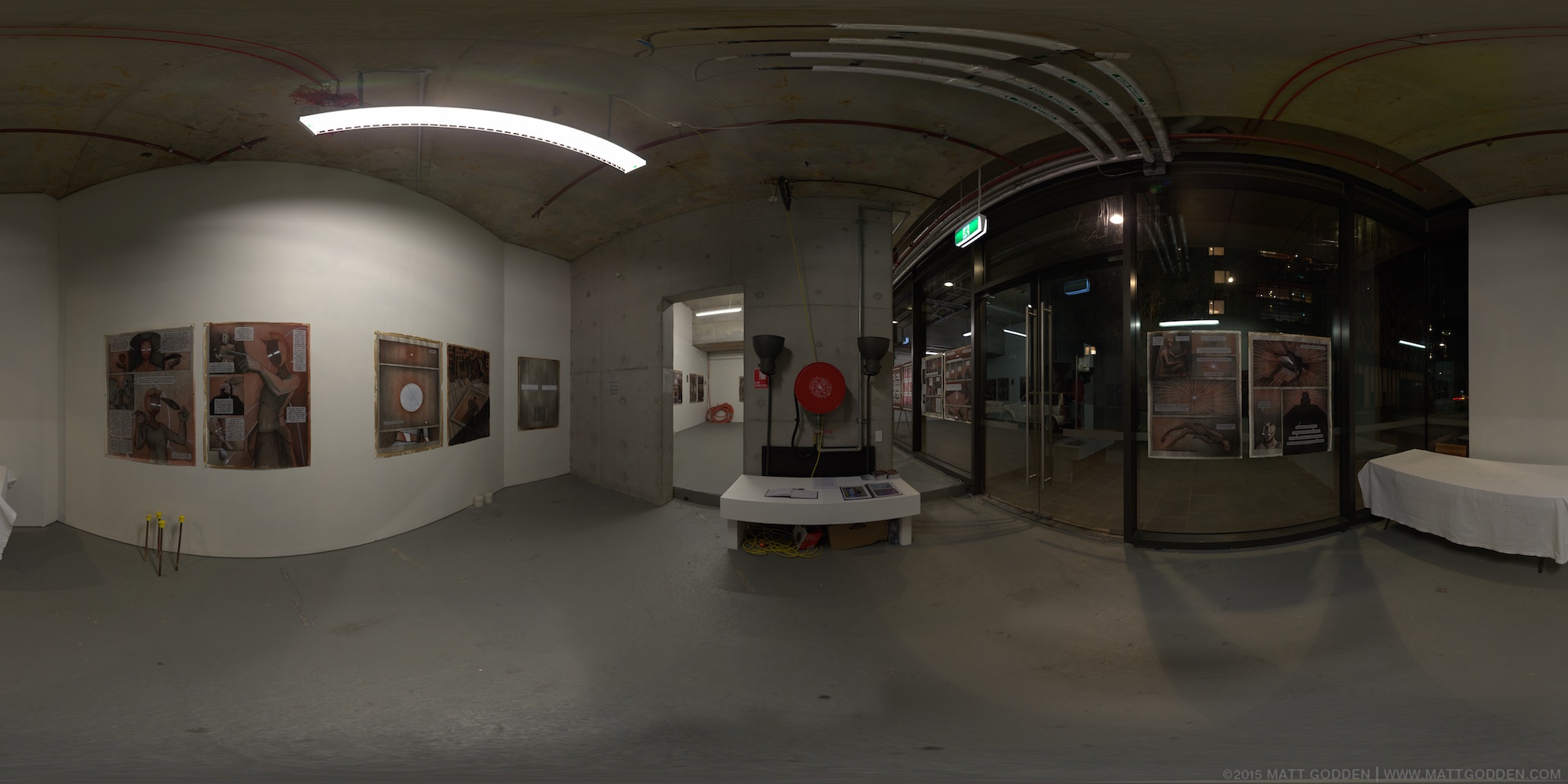Something that I’ve been increasingly feeling, as I get to 23 years within the Apple software and hardware ecosystem, is how often the way Apple’s products function can best be described as “careless“.
Careless, as in “very little care was put into thinking about how this product would function“, or rather, “no care was put into thinking about how this would fail to function“. You see, if you’ve been using Apple products lately, what you’ll notice is that overwhelmingly, they’ve become black boxes – iCloud for example, when it breaks, how do you fix it? Where do you find the canonical copy of your data, to ensure it’s correct? How do you force a device to sync its data?
You don’t. The entire thing is designed on the premise that it works perfectly, and thus, it contains no manual overrides, no diagnostics, no repairs, it’s just a black box. What’s the way to “fix” iCloud problems? Switch it off, and switch it on again.
Seriously.
That’s the way to fix it. Log out of iCloud, and log back in again. Then, spend days finding things that don’t work any more because when you log back in, all the things that were logged out, aren’t automatically reconnected. Facetime, Messages, ApplePay all these things need their own authentication, and nothing is done to automate that process.
Which brings me to my current bugbear – Time Machine.
Time Machine is typical Apple – it claims to work, it claims to be simple, and when it fails, well, why would it ever fail? Why would anyone need to do anything beyond press one button to start it?
My workstation has a boot/user drive, 1TB Photos drive, and a 2TB Time Machine drive, which is redundantly paired to a second 2TB external Time Machine USB drive. The Photos drive is almost full, and its size the effective limiter on how much space is left over in the backup for older versions of my user drive files – so to upgrade it, I also have to upgrade my time machine drive(s).
A new 4TB drive is installed, formatted, and ready to roll, so I follow Apple’s official guide for how to migrate to a larger Time Machine volume, I set the permissions of the new drive, then copy the backup folder from the old drive, to the new one.
Finder begins “Preparing to copy”. Seven hours later, it is still preparing to copy. There is no estimated time remaining, no progress bar, just a number of files which keeps getting higher. I leave my 200+ watt at idle 12 core Xeon workstation running all night, and the next morning check in, expecting to see the copy has finished.
Nope.
What my high-power space heater has been doing, for who knows how long, is sitting, doing nothing, while Finder waits for me to authenticate so the system to elevate its privileges to actually copy the files.
Why the hell did that not happen at the start of the process?
Well, you see there are security implications…
No. No you don’t get to have that excuse. This is a process with an entire working day spent just to get ready to do the task, and then another estimated 20+ hours to do the actual copy, as software developers, you have no right to demand user interaction inside that block of time. Time Machine should never have made it out of the lab, without a dedicated App that handles migrating backups between disks – an app that works reliably, an app that stores all the authentication details that will be needed, and which can work around errors, and continue the backup while logging things that go wrong for the user’s attention. Why is all that required?
Three hours after the copy started, it failed. Finder could not complete the operation because an unknown error occurred error -50.
So, 11 hours wasted.
Now, a second attempt is being made, this time using Disk Utility to restore the old backup drive to the new one, using a block copy. It’s about 1/8th of the way through, and saying 7 hours remaining.
